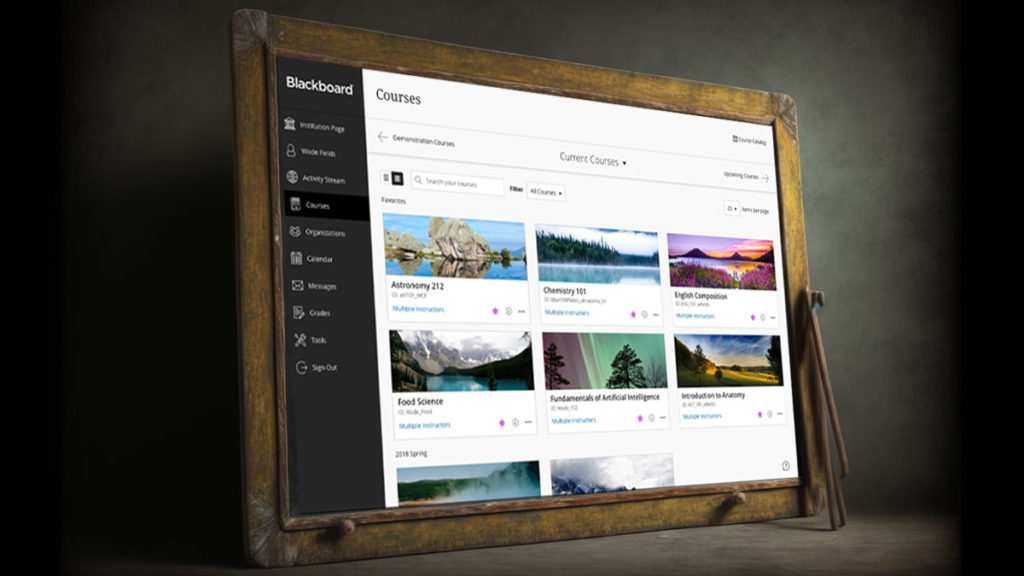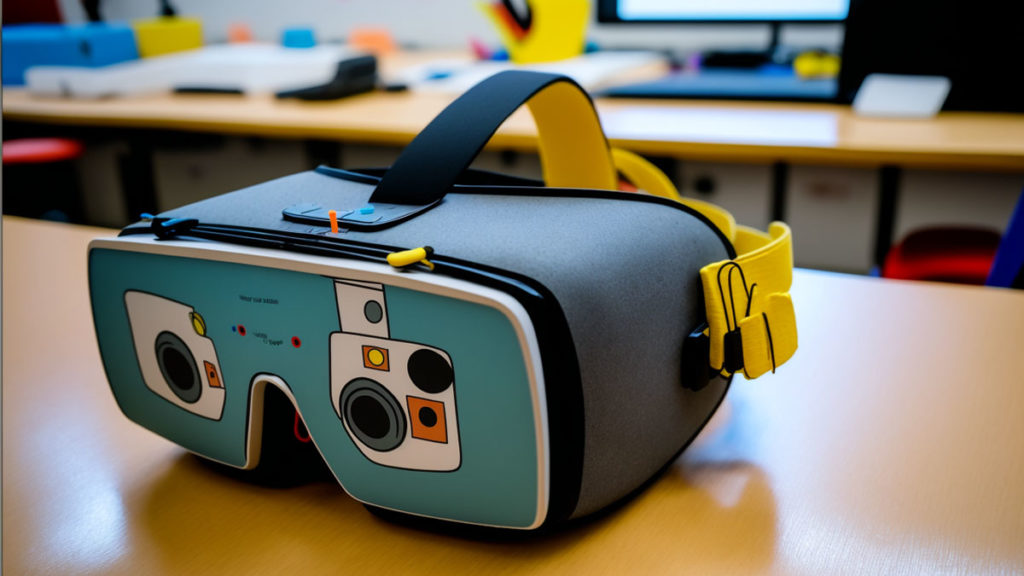Cloud technology has revolutionised the way we work, communicate, and learn. Cloud for education has the potential to transform the traditional classroom model and improve the learning experience for both students and teachers.
One of the main advantages of cloud technology in the classroom is its ability to support remote learning. With the growing popularity of online and distance learning programs, the use of the cloud for education has become essential for educators and students to stay connected and collaborate from anywhere.
There are many benefits of using the cloud for education, from the accessibility of resources and learning materials, to cost savings and scalability. Throughout this article, we will provide you with a rundown of why you should be considering Cloud-based tools and solutions in your institution and classrooms.
What is Cloud Computing?
First, let’s cover the basics. If you’ve heard the term ‘Cloud Computing’ and your initial reaction was to tilt your head like a dog that’s just been asked if it wants to go for walkies, then it’s likely you aren’t sure what it means. The cloud refers to a network of remote servers that can be accessed via the internet.

These servers are used to store, manage, and process data, allowing users to access files and applications from a variety of devices, rather than having to be connected to a single, physical server, such as in traditional network environments. So, how can the cloud benefit your institution and classroom?
The Benefits of Cloud for Education
Using cloud technology in the classroom can provide a number of benefits for both students and educators. With the need for ease collaboration and communication between teachers and students, and with remote learning becoming ever more present, cloud-based communication tools can enhance communication, make sharing easy, and allow collaboration on projects from anywhere in the world.
Cloud technology in education can also provide access to a wide range of educational resources and tools, including Learning Management Systems such as Blackboard and Canvas which can be used to manage course content and assignments, track student progress and provide easy access to resources for students.

You can also utilise storage and sharing platforms such as Google Drive and Dropbox which allow educators to store and share large files and documents with students, and they also allow students to make changes to documents on any device via the internet.
One up and coming use of cloud for education is the adoption of virtual reality and augmented reality education solutions. While VR & AR is in its early stages of life, Google Expeditions is a perfect example of how these technologies can revolutionise educational topics, providing students from any background to experience subjects in a way they may not otherwise be able to access.
If you aren't already, you should try implementing cloud solutions for your educational institution and monitor the impact on your students and teachers. Keep reading to find out 5 ways you can improve your curriculum with the latest cloud technologies.
1. Collaboration in the Cloud
One of the most significant benefits of cloud for education is its ability to support collaboration and communication between students and teachers.

Google Classroom
Google Classroom is a cloud-based tool that allows teachers to create and manage classes, share resources, and communicate with students. It allows teachers to post announcements, assignments, and quizzes, and for students to submit their work and collaborate on group projects. This makes it easy for teachers to stay organized and for students to access resources and complete assignments.
Zoom
Zoom is a cloud-based video conferencing tool that allows teachers and students to communicate and collaborate in real-time. It can be used for synchronous online classes, office hours, and group projects. It allows students to participate in class discussions and presentations, and for teachers to provide feedback and support.
Slack
Slack is a cloud-based team collaboration tool that allows teachers and students to communicate and share resources in real-time. It can be used for group projects, class discussions, and office hours. Slack also allows for direct messaging and file sharing, which can help to streamline communication and collaboration.
2. Learning Management Systems (LMS)
A Learning Management System (LMS) is a software application for the administration, documentation, tracking, reporting, and delivery of educational courses, training programs, or learning and development programs. Cloud-based LMSs are becoming increasingly popular in education as they provide educators with an easy and efficient way to manage course content and track student progress.
Blackboard and Canvas
Two of the most popular cloud-based learning management systems currently being used in education. Blackboard is a comprehensive LMS that offers a wide range of features, including course management, assignment management, and communication tools. Canvas is a user-friendly, intuitive LMS that offers similar features, with a focus on ease of use and mobile compatibility.

How you can utilise a Learning Management System
An LMS can be used to manage course content and assignments, as well as track student progress. Educators can use these systems to create and distribute course materials, including syllabi, lectures, and assignments, and to track student progress and grade assignments.
These systems can also be used for communication and collaboration, allowing teachers to send announcements, messages, and feedback to students and for students to collaborate on group projects. With the help of an LMS, teachers can also track student progress and performance, providing them with the necessary data to make informed decisions and improve the learning experience.
3. Cloud Storage and File Sharing
Storage solutions are a vital part of cloud for education as they provide educators and students with an easy and secure way to store and share classroom materials and resources. These solutions allow users to store, access and share files from any device with an internet connection, which can be especially useful for remote learning and collaboration
Google Drive
Google Drive is like a virtual filing cabinet where you can store all of your important documents, like pictures, videos, and school projects. You can also share your filing cabinet with your students and colleagues so they can see what's inside. And the best part is, you can access your filing cabinet from any computer or phone, so you can always find your documents no matter where you are!
Dropbox
Dropbox is almost identical in terms of what it does, but it doesn't integrate with other cloud solutions in the same way that Google Drive does with Google Workspace. if you're looking solely for a cloud-based storage solution then Dropbox may be a good option to consider. Google Drive is more tightly integrated with other Google services like Gmail and Google Docs, while Dropbox is more focused on providing storage and file syncing. Both of them have their own advantages and disadvantages, you can choose the one that suits your needs best.

How these solutions can be used
These solutions can be used to store and share classroom materials and resources. Educators can use these services to store and share lesson plans, handouts, homework assignments, and other resources with students. They can also use these solutions to share large files, such as videos and images, with students.
These solutions also allow students to collaborate on group projects, share their own work and resources and provide easy access to shared resources from any device. Additionally, these solutions provide easy and secure access to data, even if a device is lost, stolen or broken, which is a added security benefit
4. VR in Education
Virtual Reality (VR) and Augmented Reality (AR) technology is becoming increasingly popular in cloud for education as it provides new opportunities for immersive and engaging learning experiences. Cloud-based VR and AR solutions allow educators to access and share VR and AR content from anywhere and make it accessible to students.
One drawback of VR and AR is the hardware requirements. Many institutions won't yet have the machines required to run VR and AR solutions, but with the technology growing in popularity we expect to see prices drop and VR/AR hardware become more accessible in the future. Currently, AR is more accessible making use of mobile phones and tablets to run immersive augmented educational experiences.

Google Expeditions
Google Expeditions is one of the most popular cloud-based VR/AR solutions currently being used in education. It is a platform that allows educators to create and lead immersive virtual field trips, and provides students with access to a wide range of VR and AR experiences.
ClassVR
ClassVR is a virtual and augmented reality education platform designed for use in classrooms. It allows teachers to create and deliver interactive and immersive lessons using virtual and augmented reality content. The platform includes a wide range of educational resources, including virtual field trips, interactive simulations, and 3D models, that can be used to enhance learning and engage students in a variety of subjects.
Additionally, ClassVR works with a variety of VR and AR devices, such as VR headsets, tablets, smartphones and the ClassVR headset, making it accessible for classrooms of all sizes and budgets.
How these solutions can be used
These solutions can be used to enhance classroom learning experiences. Educators can use VR and AR technology to take students on virtual field trips, explore historical sites, and even visit places that may be difficult to visit in person. These technologies can also be used to provide students with interactive and immersive experiences that can help to increase student engagement and motivation.
For example, students can use VR to explore and learn about the human anatomy in a way that would otherwise not be possible. Additionally, AR can be used to add interactive elements to traditional classroom materials, such as books and posters, making the learning experience more interactive and engaging.
5. Scalability and Cost Saving
One massively beneficial element of cloud for education is its ability to scale on demand. If you wish to run a class or course to multiple classes at once, its simple to do so. Usage and traffic spikes are easily managed so when it comes to large-scale groups within one class, or deadlines for assignment submissions, cloud technology will have you covered, preventing downtimes and keeping things running smoothly. The same solutions can also scale back down when they aren't required which leads to dynamic cost savings, ensuring you only pay for what you use.
When it comes to cost savings, there are multiple elements to the savings available. Not only does cloud technology allow you to be selective to the services you require, and in turn means you only pay for what you use, but it also reduces the need for physical hardware and infrastructure, and the related maintenance. You also won't need dedicated staff to maintain the hardware and can rely on outsourced cloud management companies or the service provider themselves.
By implementing cloud for education you get flexibility, scalability, and reduce the need for physical course materials, so not only do you save on costs, you also help towards saving the environment, too.

Head in the Clouds
Right now, you're probably thinking of all the interesting ways you can start implementing cloud technology into your institution and curriculum. We recommend a staggered approach to integrating new technologies into your stack of tools and platforms, considering which is the most important to elevating your productivity and security.
If you want to give cloud for education a go, why not get in touch with us today so we can take a look at your requirements and ambitions and provide you with a recommendation for services and solutions that will help you to take your curriculum further.






